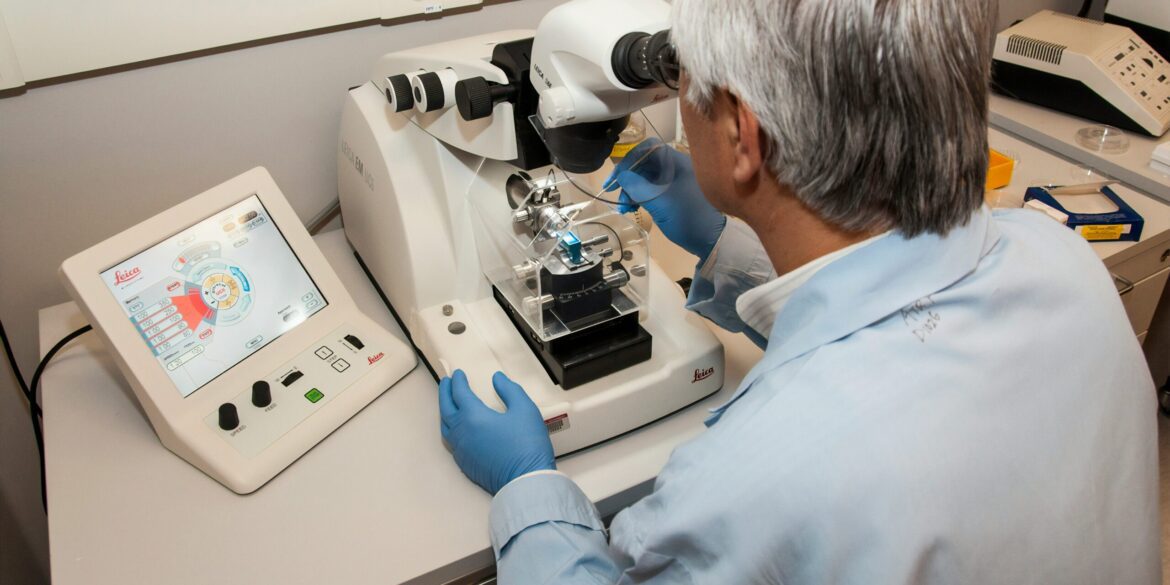A newly developed genomic test may significantly alter how physicians manage early-stage melanoma, potentially sparing thousands of patients from undergoing invasive lymph node surgery. Researchers at Mayo Clinic, in partnership with diagnostic company SkylineDx, have introduced a test that uses tumor biology and clinical data to assess a patient’s risk of disease progression. The test, which has shown promising results in a large prospective clinical trial, aims to determine whether patients truly need sentinel lymph node biopsies—currently the standard procedure used to detect metastasis in melanoma cases.
For decades, the sentinel lymph node biopsy has been a routine part of early-stage melanoma care. While it provides critical information about the potential spread of cancer, the procedure involves surgery, general anesthesia, and possible complications such as lymphedema, pain, and infection. However, research indicates that in the majority of cases—approximately 80 to 85 percent—these biopsies do not detect cancer in the lymph nodes. This means many patients are exposed to surgical risks without gaining additional therapeutic benefit. The new genomic test seeks to change that by helping doctors better predict which patients are at true risk of nodal metastasis.
The test, known as the Merlin CP-GEP (Clinicopathologic and Gene Expression Profile) assay, incorporates both clinical variables—such as tumor thickness and patient age—and gene expression data derived from the tumor itself. By analyzing these factors together, the test generates a risk score that stratifies patients into low-risk and high-risk categories for lymph node involvement.
The strength of the test lies in its validation through a major clinical study known as MERLIN_001, which included more than 1,700 patients across nine U.S. academic medical centers between 2021 and 2024. It represents the largest prospective evaluation of a genomic test for cutaneous melanoma to date. Results from this trial indicated that about 93 percent of patients deemed low-risk by the test had no detectable cancer in their sentinel lymph nodes. In contrast, nearly 25 percent of patients labeled high-risk were found to have nodal metastasis, reinforcing the test’s ability to differentiate between those who may need surgery and those who can safely forgo it.
This development is part of a larger shift in oncology toward more personalized, biology-based decision-making. By integrating molecular diagnostics into standard practice, clinicians aim to move away from a one-size-fits-all model of care and toward more tailored treatment strategies that minimize harm while maintaining effectiveness. For melanoma, which remains one of the fastest-growing cancers in incidence rates, especially among younger adults, this kind of precision tool could help refine surgical decisions and reduce unnecessary procedures.
Dr. Tina Hieken, a surgical oncologist at Mayo Clinic and lead author of the MERLIN_001 study, emphasized the significance of the findings. She noted that while sentinel node surgery has long been the cornerstone of early melanoma staging, tools like Merlin offer a new layer of information that can help clinicians better evaluate which patients truly need this intervention. Reducing surgical exposure, when safe to do so, is a win for both patients and the healthcare system.
Despite the enthusiasm, experts caution that widespread clinical adoption of the Merlin test will require several additional steps. First, the test must be further validated in real-world clinical settings beyond academic centers. Second, cost-effectiveness studies are needed to determine whether the test provides value relative to the standard of care. Finally, its use must be carefully integrated into clinical guidelines, ensuring it complements existing decision-making protocols rather than replacing them prematurely.
The timing of this development is particularly important as health systems globally face increasing pressure to deliver value-based care. Avoiding unnecessary surgeries not only spares patients from physical and emotional burdens but also reduces healthcare costs. Additionally, for patients with early-stage melanoma who face significant anxiety about cancer progression, a test that provides clearer risk information could offer greater peace of mind and allow for more informed decision-making.
The promise of the Merlin CP-GEP test extends beyond melanoma. It exemplifies a broader trend in oncology in which tumor profiling and genetic risk assessment are being used to guide treatment across various cancer types. Similar approaches are already in use for breast, lung, and colon cancers, where genomic tools have helped reduce overtreatment and identify candidates for specific therapies.
Looking ahead, the research team plans to continue monitoring long-term outcomes among patients stratified by the test. This includes evaluating whether low-risk patients who skip sentinel lymph node biopsy maintain favorable prognoses and whether high-risk patients benefit from earlier, more aggressive interventions. Such data will be essential to inform updates to national and international melanoma treatment guidelines.
In sum, the Merlin genomic test marks a significant step toward refining how early-stage melanoma is treated. While more work remains to validate its use on a broader scale, the evidence so far suggests that personalized diagnostics like this may help strike a better balance between caution and overtreatment—advancing both clinical precision and patient-centered care.

